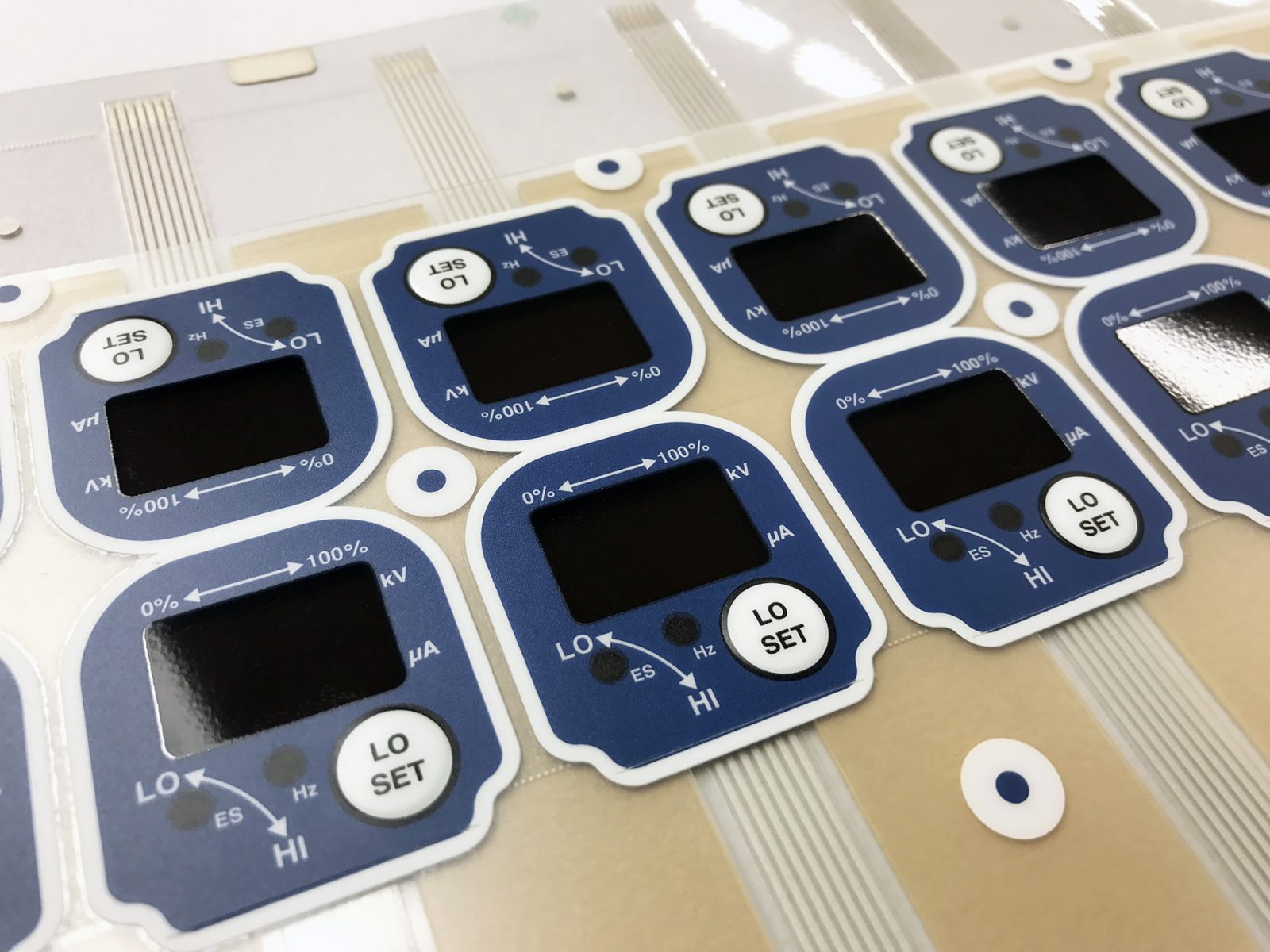The Role of Membrane Switches in Improving Product Durability and Reliability
Why Membrane Layer Changes Are Necessary for Resilient Control Solution
Membrane buttons play a crucial function in making sure the sturdiness and dependability of control systems throughout various industries. As we discover the complex benefits of membrane buttons, it comes to be obvious that their importance transcends plain capability, influencing individual experience and functional effectiveness.
Overview of Membrane Layer Buttons
Membrane layer switches are flexible and trustworthy parts frequently made use of in different digital control systems. The graphic overlay supplies both functional and visual design, while the spacer layer makes sure that the buttons are activated only when pressed.
Membrane buttons are frequently preferred in applications calling for a compact and lightweight style, making them ideal for handheld gadgets, clinical equipment, and industrial machinery. They can be personalized to meet details individual needs and can incorporate numerous features such as backlighting, responsive responses, and multiple shades. Membrane layer buttons are immune to dust, dampness, and contaminants, making them ideal for settings where resilience is essential.
Advantages of Toughness
In many applications, the sturdiness of membrane layer switches over offers significant benefits that enhance their total efficiency and integrity. These buttons are designed to withstand harsh settings, making them optimal for use popular problems such as high humidity, extreme temperature levels, and exposure to chemicals. Their durable construction helps to stop damages from physical influence, making sure lasting capability and decreasing the demand for frequent replacements.
In addition, membrane layer buttons are resistant to wear and tear, which is critical in applications where regular interaction happens. This resilience converts to decrease upkeep costs, as organizations benefit from decreased downtime and fewer solution interruptions. The encapsulated style of membrane switches over protects interior components from dirt and dampness ingress, further adding to their lifespan (membrane switch).
An additional benefit is their ability to keep consistent efficiency gradually. With a high tolerance for mechanical stress and anxiety, these switches maintain their tactile responses and electrical honesty, making sure user contentment. Eventually, the durability of membrane layer switches not only enhances functional efficiency yet also promotes confidence in their dependability, making them a recommended choice for control systems throughout various industries.
Applications in Numerous Industries
Resilient control systems using membrane buttons find substantial applications across a variety of industries, each profiting from the one-of-a-kind characteristics these buttons supply. In the medical market, membrane layer switches are important for devices such as individual displays and diagnostic devices, where reliability and simplicity of cleansing are critical. Their resistance to wetness and contaminants guarantees they maintain performance in clean and sterile atmospheres.
The automotive industry leverages membrane buttons for control panel controls and infomercial systems, where they give sleek, low-profile interfaces that improve customer experience. These switches are likewise created to hold up against harsh conditions, including exposure to extreme temperatures and resonances.
In commercial setups, membrane buttons are commonly utilized in equipment control board, supplying responsive responses and longevity needed for high-usage applications. Their capability to resist chemicals makes them ideal for making environments where spills and pollutants are frequent.

Customer electronics, such as kitchen appliances and remote controls, additionally make use of membrane layer switches for their flexibility and cost-effectiveness. Overall, the adaptability and durable nature of membrane layer switches over make them crucial throughout different fields, making sure reliable operation and long life in control systems.
Layout and Aesthetic Appeal
While functionality is critical, the style and visual allure of control systems outfitted with membrane switches play a crucial duty in individual engagement and total experience (membrane switch). The aesthetic design of these buttons can substantially influence customer assumption and interaction. A well-designed membrane layer button improves the beauty of the tool, making it extra attractive to customers and promoting a connection in between the user and the item
Membrane switches over use a good deal of adaptability in style, allowing suppliers to personalize graphics, shades, and structures to align with brand name identification and product aesthetics. Making use of vivid colors and distinctive patterns can draw interest, while responsive responses here are the findings can enhance the user's communication with the device. In addition, the ability to incorporate LED indicators and backlighting right into the membrane switch design supplies both functional and visual advantages, improving visibility and usability in different atmospheres.

Enhancing Customer Experience

Furthermore, membrane layer switches can be personalized to integrate visual user interfaces, boosting usability by providing info in a clear and user-friendly way (membrane switch). This modification can consist of symbols, tags, and color coding that guide customers through complicated performances easily. Furthermore, their adaptability permits combination in different atmospheres, making sure constant performance whether in industrial machinery or consumer electronic devices
The durability of membrane layer buttons likewise plays an important role in user experience. By withstanding harsh problems and expanded usage, these switches reduce the likelihood of system failings, a fantastic read thus advertising dependability and user confidence. Eventually, the calculated use of membrane switches not just raises functionality yet additionally substantially enriches customer communication with control systems, making them an important component in modern-day style.
Conclusion
